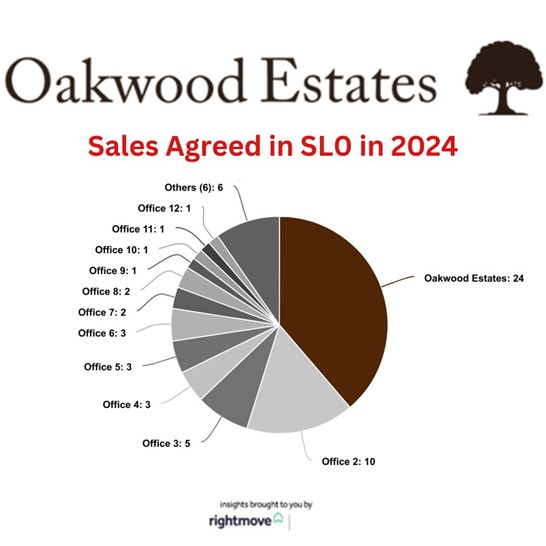When getting involved in the property market, there are many technical parts to buying a home. Mortgages can be one of the most complicated steps.
What is a mortgage?
A mortgage is a legal loan agreement between a borrower and a lender for an agreed-upon amount of money. A mortgage loan can only be borrowed for a property purchase. This then allows the borrower to purchase a home and make monthly repayments with interest. If these repayments aren’t met each month, the lender has the right to repossess the property.
When you purchase a home, you place a cash deposit, which is normally around 10-15% of the property's price. You repay a mortgage on an agreed-upon timeline between 20 and 40 years, and sometimes you can be penalised if you pay back the mortgage too soon.
Fixed-rate mortgage
A fixed-rate mortgage is one where the interest rate stays the same throughout the agreed-upon period. This is usually maintained for two to five years. These mortgages are great if you want to maintain a constant payment over a period, but if the bank's interest rates reduce, you might end up paying more in the long run.
Variable-interest mortgage
This type of mortgage is where you pay an interest rate that your lender independently sets. The lender will use the Bank of England’s base interest rate as a guide but charge more in line with other lenders. With this mortgage, your monthly interest rates will be constantly changing.
Guarantor mortgage
A guarantor mortgage is a mortgage that has been created to support people who cannot get a mortgage independently. This may be due to a poor past credit score or a low salary. You have a relative or close friend as your guarantor, meaning they are responsible if you cannot meet your monthly repayments.
1% mortgage
A 1% mortgage is exactly as described in the title. You will only need to place a 1% deposit on the mortgage, but this will mean your monthly repayments will be higher. This will allow people who struggle to raise the deposit for a home to secure a mortgage.
Tracker mortgage
A tracker mortgage is a type of mortgage that tracks the base rate of the Bank of England. The base rate can change up to eight times a year, so the lender only increases and decreases your interest rate if the base rate at the Bank of England changes.
First-time buyer mortgage
A first-time buyer mortgage is directed at first-time property owners. These mortgages allow a smaller down payment than other mortgages to encourage first-time buyers to get onto the property market, as the average first-time buyer in England is 32.
Buy-to-let mortgage
A buy-to-let mortgage is a mortgage specifically designed for investors and landlords for a property they don’t plan to live in themselves. You are typically expected to put down a higher deposit, around 25–40% of the property price.
Offset mortgage
An offset mortgage uses your savings account to determine how much you are charged each month. Depending on how much money is in your savings account, it is used to reduce the total interest you pay each month. So, the more money placed in the savings account, the lower your monthly repayment.
Interest-only mortgage
An interest-only mortgage is a mortgage where you only pay the interest rate instead of the full monthly repayment cost. At the end of your mortgage term, you will then make provisions to pay back the original amount of the loan.
Joint mortgages
A joint mortgage is what it says in the name. It is where you share the mortgage and the monthly costs. You can get a joint mortgage for up to four people, but it is usually for couples. This allows more people to afford the cost of a mortgage.
Are you ready to secure a mortgage and get that dream property? Get in touch today for more details






Share this with
Email
Facebook
Messenger
Twitter
Pinterest
LinkedIn
Copy this link